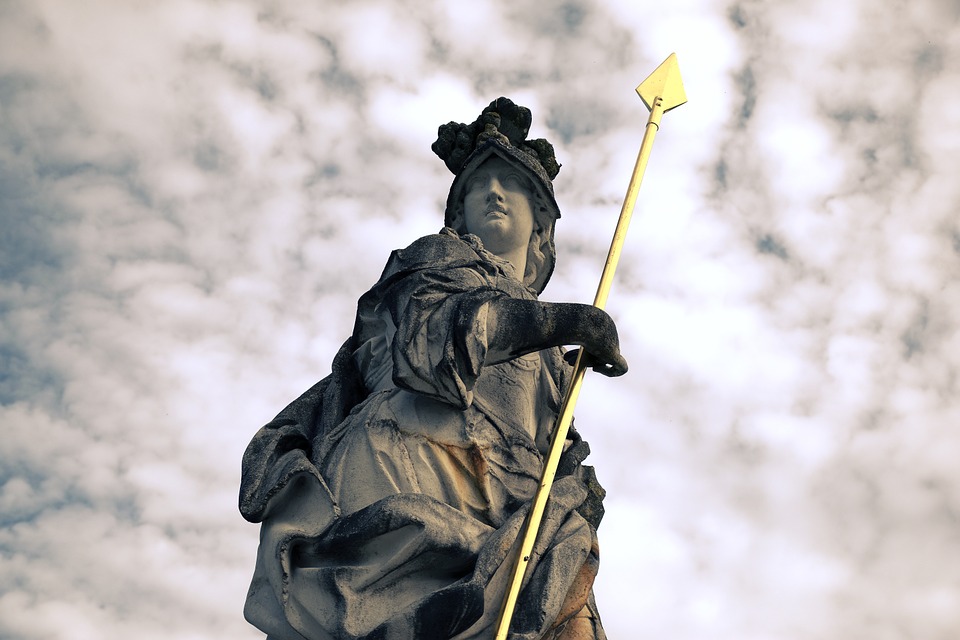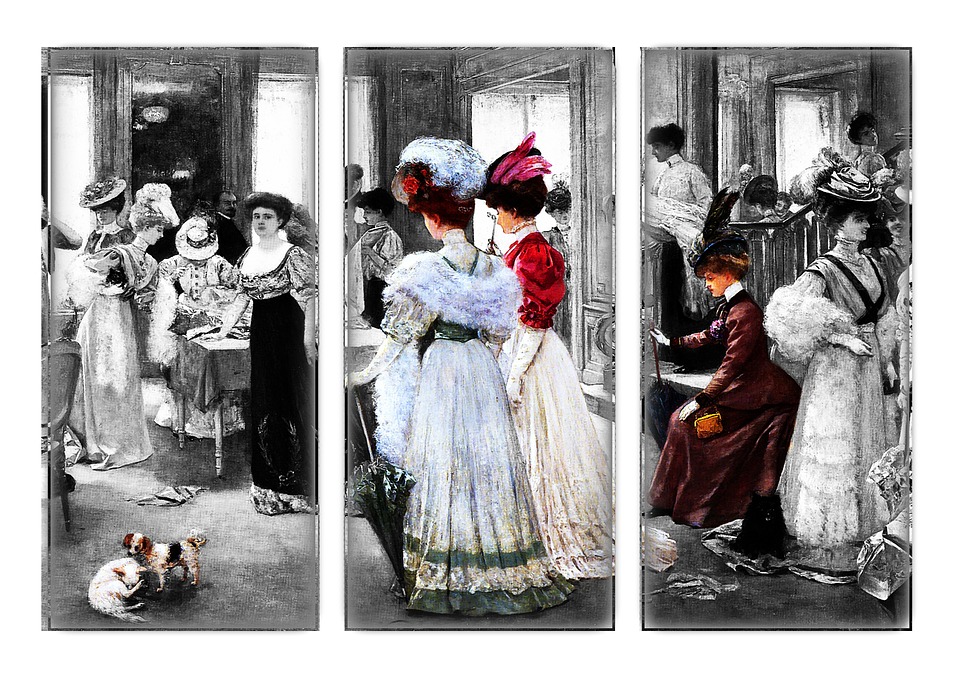Brief History of Shapewear: Ancient Crete to Today
It’s no surprise that women have felt pressure to change the shapes of their body since the dawn of time. Beauty standards have reigned over women since the early days of civilization, and it’s still around today in many of our trends.
While anyone who’s struggled to put on shapewear knows how it’s not exactly built for comfort, we’ve come a long way. It’s interesting to see just how far the “perfect” body shape has come through the centuries. What we find beautiful today is a bit different than in Ancient Crete, but we can all learn something about the importance of accepting women’s bodies as different and lovely in all shapes. Then, the next time you’re looking through shapewear bodysuits to help you look slender in that little black dress, you can remember all the women who have come before you.
Ancient Crete
The first record of shapewear dates back to Mycenaean Greece. This was about 1,100 B.C. according to lingerie historians. These Minoans weren’t so worried about decency, so they were all about celebrating the female form through shapely undergarments.
You can see through the artwork of the time that women were encouraged to fully expose their breasts which would be pushed up with a corset. Waists were tight, and we see that famous hourglass figure. However, women also were depicted with broad shoulders giving them a powerful appearance rather than a dainty frame. This is an interesting balance that we don’t see very much of today.
Hellenic Greece
Fast forward several centuries to Hellenic Greece and we see things have changed on Crete. Now, women wore metal girdles as part of the day’s fashion. There are also a number of references to girdles in the Iliad and the Odyssey.
Though it’s hard to imagine metal girdles being the height of fashion today, these garments still held fast to the hourglass shape. This shapewear became its own symbol of sexuality and feminine desire.
Ancient Rome
Luckily, by the time the Ancient Romans are in power, the metal girdle is no more. Instead, we see a new trend take shape: breast binders. Now, the beauty standard is leaning towards slender with smaller breasts and wider hips. Breastbands, not unlike bandeau tops of today, were used to bind breasts and to decrease the appearance of larger breasts.
This binding of the breasts is very against our ideas of exemplifying these feminine features today. Some women even kept this breast band on in the bedroom as a way to maintain their decency, even around their husbands. It seems we’re starting to see more roots of sexism in this shapewear trend.
The Middle Ages
Unlike the Romans, Europe during the Middle Ages was all about the hourglass figure again. Bodies were tightly laced in corsets and excessive garments to smooth the figure and create that “ideal” shape. Oddly enough, however, we don’t see much focus on size during this period. Women of all sizes are seen as desirable. That is, as long as they have the “perfect” hourglass shape.
There was an emphasis on painful routines at this time in history. Women, especially those of the upper class, were expected to have an entire crew of staff to help them go through this process of adding and tying layer after layer every single morning.
Victorian Era
We’ve now arrived at one of the most influential eras of shapewear women have ever experienced. The Victorian era introduced many extremes to the shapewear world. It’s no surprise that a period of such sexual restraint would bring such measures. The Victorian ideal was one of a large bosom and a tiny waist.
Women are no longer allowed to be any size. They need to fit into corsets made of steel or even whalebone to create that hourglass shape. This corset trend stayed alive until World War I when there was a metal shortage. Some countries even asked women to stop buying corsets in order to preserve steel. This might be one of the few good things to come out of wartime.
Shapewear Today
As you can see, shapewear has a vast and varied history since the dawn of civilization. Women have been trying to meet body standards forever, it seems, and this still affects women today. Luckily, there’s no more pressure to squeeze into whalebone corsets or to wear a metal girdle.
As we see more shapewear being offered to women of all shapes and sizes, we can only hope women will continue to reclaim this trend in the name of empowerment. We are now free to choose if and when we dawn these garments, and that in itself is liberating. All bodies are finally celebrated through shapewear.
There’s no more hiding our beauty and confidence. Shapewear of today is built to support women throughout their lives, and they have options for comfort and style. It’s not about covering up or hiding who we are. Let’s be our best selves and welcome a new era of shapewear.



